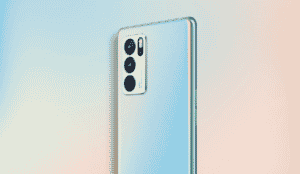The Oppo Reno 6 Pro is the company’s flagship phone for the second half, arriving just six months after its successor. There isn’t much more to the smartphone than a minor design and specification tweak.
Its optics stand out among its competitors. The smartphone’s 50MP Sony IMX766 main camera seldom disappoints, especially in low-light scenarios. When you combine it with the Oppo Reno 6 Pro‘s AI-powered video skills, you get a bundle that simplifies social media production.
Performance, on the other hand, is not always optimal. The onboard Qualcomm Snapdragon 870 5G processor is powerful, although its performance is variable. The smartphone regularly stalls, and it heats up more frequently than planned. This was not an issue on the Motorola Edge 20 Pro, a direct rival to the Oppo Reno 6 Pro, thus its presence here is puzzling.
Finally, the Oppo Reno 6 Pro is about providing an enjoyable multimedia and photography experience. However, its predecessor was already fairly good in those areas, and there’s not much here to justify a new model. Especially at the cost, Oppo is seeking for it.
What will you see here?
Specs at a glance:
- Thickness 7.6 mm
- Weight 177g
- OLED screen 3D exible single-hole screen, 6.5″, ratio 20:9,
- screen resolution 2400 x 1080, PPI 402
- Storage 12 GB RAM | 256 GB ROM
- OTG Storage up to 2 TB
- Camera 64MP + 8MP + 2MP + 2MP | 32MP Front Camera
- Battery 4500 mAh Lithium-ion Polymer Battery
- Processor MediaTek Dimensity 1200 Proc
- Charging 65W SuperVOOC 2.0 Charging
- 4,500mAh battery
Price and Availability of Oppo Reno 6 Pro

The Oppo Reno 6 Pro is the highest-end model in the company’s 2021 Reno portfolio, intending to give an unfettered camera and multimedia experience in a distinctive style. However, it’s $825.00 asking price is a bit much, particularly given that it is a fairly incremental advance from its forerunner, the Oppo Reno 5 Pro, which was released only six months ago. The only discernible variations are in design and internal specs, the latter of which, shockingly, degrades the user experience.
Certainly, for this price, you get extras like Oppo’s True Wireless W32 headphones and a mobile stand. Nonetheless, the Oppo Reno 6 Pro may be hard to sell.
It isn’t unique enough to persuade current Oppo Reno 5 Pro customers to switch, especially without an authorized exchange scheme and with rivals like the Motorola Edge 20 pro offering comparable specs at a lower cost, the only way the Oppo Reno 6 Pro could live up to expectations is if Oppo begins to offer larger discounts or stronger rewards to purchase the smartphone in the coming months.
Design

The Oppo Reno 6 Pro has a high construction and finish that is immediately noticeable when you pick it up. It has a metal frame that surrounds a glass back with Oppo’s new ‘Reno Glow’ textured coating. The tiny roughness on the rear of the smartphone improves grip and smudge resistance. However, when compared to last year’s conclusion, we see that this year’s focus is on improving the smartphone’s looks rather than its usefulness.
The Oppo Reno 6 Pro is also a fairly accessible smartphone in one hand, measuring 7.99mm and weighing around 188g. It is somewhat thinner than its competitors, allowing even persons with little hands to comfortably reach the device’s corner. The buttons are easy to press and feel quality, with the power switch on the right side and the volume buttons on the left.
Because the Oppo Reno 6 Pro has an AMOLED display, the fingerprint sensor is also located within the screen. It is easy to access, speedy, and dependable. There is one conspicuous inference: IP water and dust protection. The rubber seals around the dual nano-SIM tray will give some resistance, although Oppo does not declare this explicitly.
Ports of Oppo Reno 6 Pro
The back camera unit protrudes somewhat, making it a wobbling affair on a flat plane, whilst the bottom edge of the phone holds the twin nano-SIM tray, the Type-C USB charging connector, the primary mic, and one element of the powerful stereo speaker experience. There is neither a 3.5mm audio jack nor an IR blaster on the top edge, only a secondary noise-canceling microphone.
Display of Oppo Reno 6 Pro

The Oppo Reno 6 Pro features a 20:9 6.5-inch Oled display with a resolution of 1,080 x 2,400, a touch sampling rate of 180Hz, and a refresh rate of 90Hz. The vivid colors and high contrast ratios of an OLED display are intrinsic features that make multimedia intake a joy. O wing to HDR10+ certification, details, especially in darker sections, looks incredibly effectively. It also helps that the panel has a peak brightness of up to 1,100 nits, which is ideal for use in strong sunlight.
When it comes to customizing display settings, Oppo has a decent range to choose from. For example, its ‘Vivid’ option supports the DCI-P3 color gamut, which is what we used, but it also has a ‘Gentle’ mode that supports sRGB colors. The latter produces slightly duller-looking colors than the display’s default color option, which may not be to everyone’s taste. You may also alter the display’s color temperature. However, Oppo’s default settings are quiet enough.
The ‘O1 Ultra Vision Engine’ is a unique video color enhancement mode on the monitor. This converts standard SDR content to HDR for a better visual experience. Nonetheless, its effect is overbearing, resulting in saturated hues. Other individuals may love the added pop to graphics, especially if they are watching content with a lot of color change.
Given the Oled display’s 90Hz refresh rate, it’s hardly surprising that content runs smoothly on the Oppo Reno 6 Pro. There will be no jerky motion when viewing animations or navigating over items. However, you may encounter unresponsiveness. But there’s unresponsiveness caused by the display’s curvature. There is no doubt that the 3D curve provides customers with a more immersive experience, but it comes at a cost.
Cameras of Oppo Reno 6 Pro
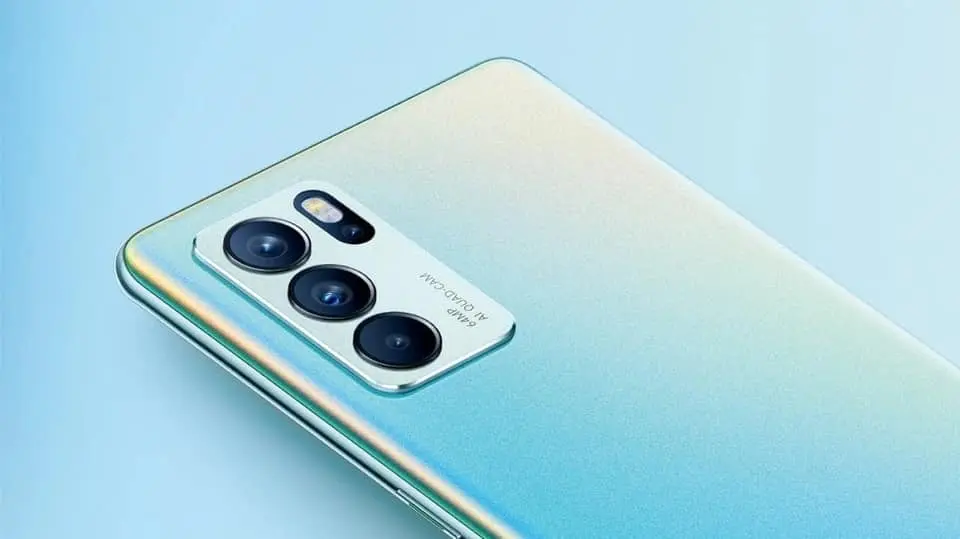
The Oppo Reno 6 Pro sports a quad-camera configuration driven by AI. It has a 50MP Sony IMX766 sensor as its main camera, as well as a 16MP ultra-wide-angle sensor, a 13MP telephoto lens, and a 2MP macro sensor.
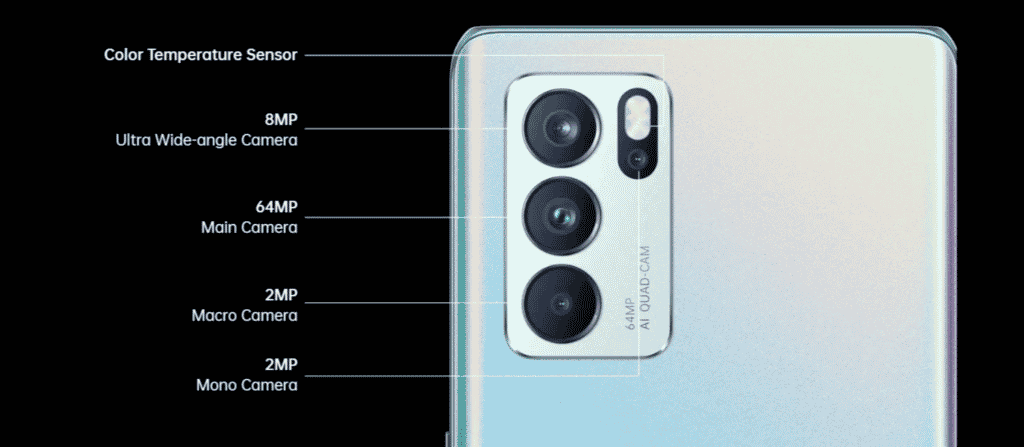
Main Camera Sensor
Right away, the primary camera produces some outstanding shots with superb detail in favorable lighting. One thing to bear in mind is that the camera sensor has a propensity to over-saturate colors. The sensor tries to increase color accuracy, particularly with greens, blues, and reds, in addition to making them more attractive through enhanced vibrancy.
To be honest, this isn’t a huge deal. Colors may often be improved with a few adjustments in Snapseed or
Ultra Wide Angle Camera Sensor
In terms of real detail, the ultra-wide-angle camera suffers from a significant drop-off. The main camera’s clarity and clear detail are replaced with muted hues and softer detail. Furthermore, there is a trace of distortion in photographs, which is especially noticeable while photographing bridges or highways. The distortion on the borders gets more obvious as you draw closer to a subject using the ultra-wide-angle lens.
Telephoto Lens Camera Sensor
When you switch to the telephoto lens, you have a lot more flexibility. When compared to the primary camera, the 2x optical zoom results in little to no information loss. So, if you find yourself further away from a subject, this should be sufficient. Beyond this zoom level, however, detail loss becomes more noticeable. The camera has a 5x hybrid zoom, which is not the same as a 5x optical zoom. With softer edges, detail is greatly reduced. Pictures at this telephoto zoom are still useful for social media, but if you plan on printing or exhibiting them, the degree of detail will be insufficient.
32MP Punch Hole Selfie Camera Sensor
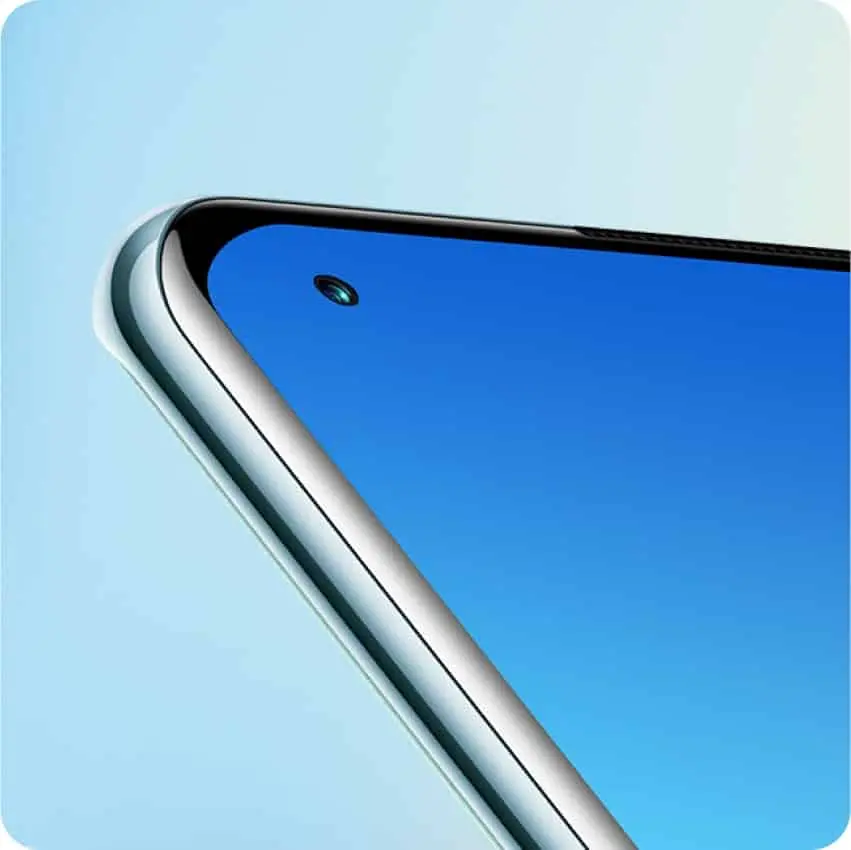
To complete the camera experience, there’s a 32MP punch-hole selfie camera. While its clarity and dynamic range stability are excellent, we are not fans of it due to the way Oppo handles the processing. It has a tendency to artificially brighten both photos and videos, resulting in unnaturally brilliant hues. While there is a market for this aesthetic, we do not like it in our selfies.
Software and Performance
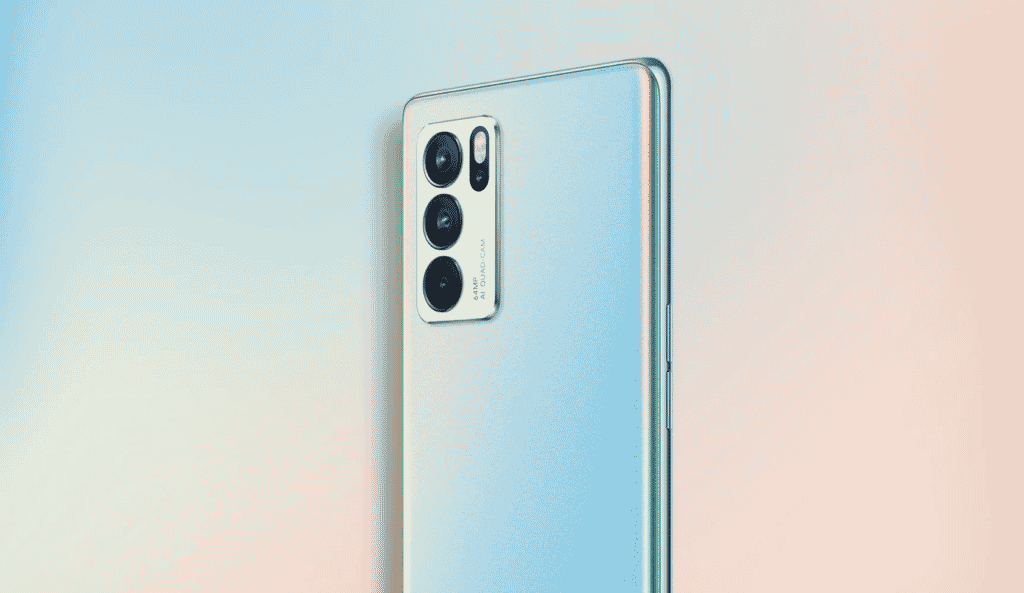
The processing power of the smartphone is a major incentive to change to the Oppo Reno 6 Pro over its predecessor. It has a Qualcomm Snapdragon 870 5G processor, 12GB of RAM, and 256GB of UFS 3.1 storage. While its storage capacity cannot be increased, its RAM can be expanded using Oppo’s ‘RAM expansion’ function.
Using this, you will be able to add 3GB, 5GB, or 7GB of RAM to your smartphone. With 12GB currently on board. However, for really demanding users, it may be worthwhile. There are some advantages to this capability, particularly when the smartphone can store a large number of programs active days ago in memory.
However, performance with the Oppo Reno 6 Pro is vexing. On the one hand, RAM is carefully handled. However, it appears that the onboard processor is unable to keep up with the demand. Naturally, the heating issue can arise when gaming. When you first start a game like PUBG: Mobile or Asphalt 9, performance is excellent. However, the smartphone warms up with time, resulting in jerky and uneven frames when there is a lot of stuff going on in the game.
The Oppo Reno 6 Pro is powered by Color OS 11.3 on top of Android 11. Oppo’s skin has become less intrusive with time, and it shows. The junk that comes pre-installed with the phone can be deleted, and some of the extra functions provided by the skin are superb. Gallery’s integrated video editor is productive, the option to modify the look and feel of the smartphone with themes, and the smart sidebar for easy access to utilities like screen recording and interpreting objects on the screen.
Battery life of Oppo Reno 6 Pro
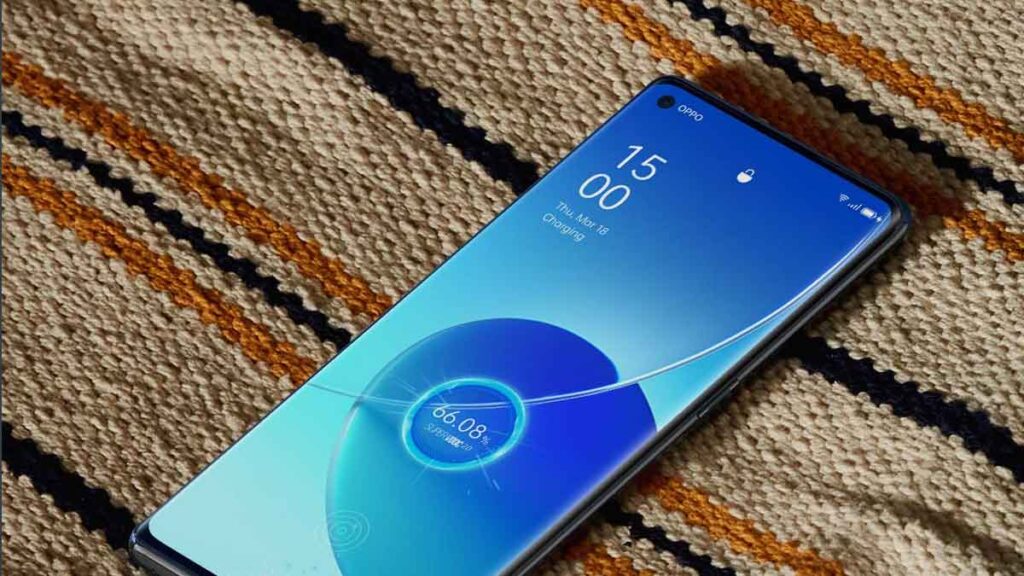
Given the smartphone’s compact factor, the 4,500mAh battery in the Oppo Reno 6 Pro is larger than typical. However, its battery life is subpar.
On a normal day that begins at 7:30 AM, the Oppo Reno 6 Pro was at 3:00 PM at 34% By 5:00 p.m., this had dropped to 14%. Given this performance, the Oppo Reno 6 Pro is unlikely to last a whole day on a single charge. In terms of screen-on periods, the phone averages 5.5-7 hours. When compared to a competitive smartphone, such as the Motorola Edge 20 Pro, the average screen-on time is around 30% less.
Conclusion
The Oppo Reno 6 Pro is a mid-range smartphone with superb optics, a stylish design, and amazing battery charging capabilities. However, it is more expensive than its nearest competitor, and despite a CPU update, performance is poorer than that of its predecessor.
Read More!
- Oppo Find X5 Pro: Review
- The best noise-canceling earbuds in 2025!
- Shooting with the telephoto lens on the iPhone!
- When to utilize every camera lens on iPhone 11 and iPhone 11 Pro: iPhone Photography Tips and Tricks
- Operate Zoom in Accessibility on iPhone and iPad!



